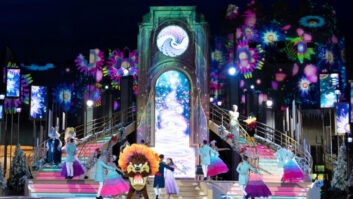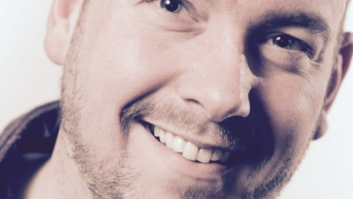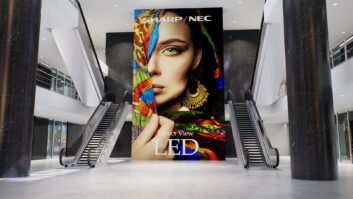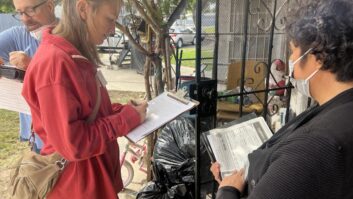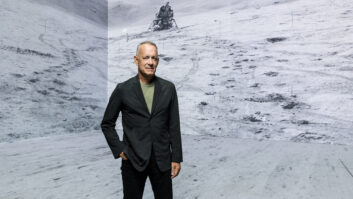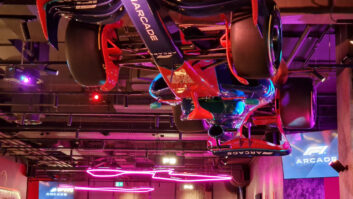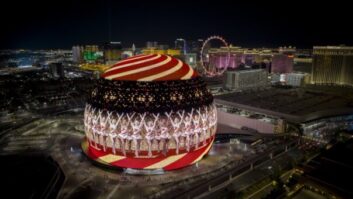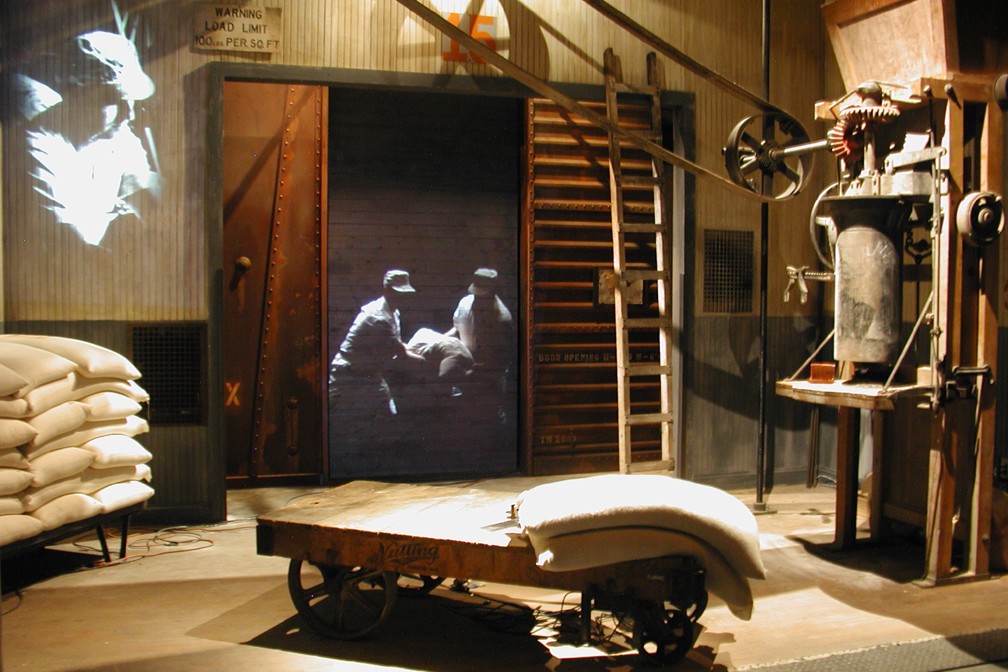
Having previously considered the forward-looking nature of the theme park industry and the manufacturers aiming to capitalise on this buoyant sector, we look at the emerging technologies beginning to feature and the greater emphasis being placed on interactivity, writes David Davies.
Acquired last month by Barco, Medialon is a company that continues to enjoy a strong standing in the theme park sector, providing systems to control AV in attractions as well as for park-wide AV control and supervision. Today they “represent about a third of our business”, says Medialon’s North America sales manager, Eric J Cantrell, who highlights the popularity of solutions including Medialon Manager V6, Showmaster and Overture UX.
In terms of emerging technologies that are likely to be added to the theme park mix, Cantrell says that “social media is a huge trend that cannot be ignored. Everyone has a smartphone in their pocket, and as much as designers and operators would wish the guests would leave them in their pockets and enjoy the immersive environments they have created, the guests want to share their experience with their friends and family. And that’s not so bad either.”
Increased personalisation will also come into play, with Cantrell suggesting that “interactive parkwide overlays, adventure games, and scavenger hunts that tie in with park and attraction infrastructure will help to personalise the guest experience”.
Not surprisingly, these developments will have implications not just for control systems but the extensive networks that increasingly underpin theme park sites. There will be a need for “improved data networks and IT infrastructure, like WiFi access for guests”, says Cantrell. “Large-scale networking will continue to grow as more and more data (and audio and pixels) are transmitted across this shared resource. It will be essential for operators to be able to manage these networks easily and securely, and prevent intrusion.”
Enhanced audio
In this context, audio can be seen as a pacesetter given the widespread transition in theme parks (as pinpointed by Cantrell) “from analogue audio to networked parkwide audio systems – and now that’s the de facto standard way to handle large, distributed audio systems”, Dane Butcher, CEO of DSP specialist Symetrix, is among the other observers to recognise this ongoing trend, and makes reference to the use of Audinate’s Dante media networking technology.
“With Dante getting stronger and stronger (Dante HC in particular – Symetrix being a recent licensee), I have no doubt that Symetrix will see a lot more cha-cha in the theme park vertical,” says Butcher. “As Audinate rolls out AES67 support, Dante security and network bridging features, it’s not too difficult to imagine that Symetrix DSPs will see an increasing amount of service in large-scale projects – including theme parks – going forward.”
QSC continues to perform strongly in theme park audio through its DSP, amplifier and loudspeaker ranges. Product manager for Installed Systems Martin Barbour is not alone in focusing on audio’s future as part of the great “AV/IT convergence”: “We are already seeing audio, video and control converging on to single network infrastructures, including convergence of multiple protocol types such as QLAN, AES67, Dante and AVB. This path of convergence is already showing signs of including non-entertainment data types such as point of sale, security, communications and other park-wide services on to single networks.”
Theme parks of the future
With immersive and interactive environments increasingly de rigueur, the pressure on vendors and integrators to make systems work together will remain acute. Holovis is a leading name in sensory experience design, working in sectors including entertainment and industrial, and is therefore well placed to observe the transition.Chief executive Stuart Hetherington comments: “We have responded to the demand over recent years to deliver a complete turnkey experience, delivering real-time gaming capability within immersive environments, and have become the first company to accurately map true interactivity across complex dome surfaces. When combined with experiential design driving the seamless integration of all hardware, media and software elements, you can create attractions that immerse the senses to put people at the heart of the experience like never before.”
In fact, ‘putting people at the heart of the experience like never before’ is likely to double as an effective outline of where the theme park sector per se will be heading during the next ten years. Encouragingly, the evidence of this overview makes it clear that vendors are continuing to think one step ahead of the attractions – in the process developing clever, integration-friendly solutions that can be applied not just to theme parks, but to many other important verticals as well.
Case study: Holovis RideView set for new attraction at Ferrari World Abu Dhabi
Sensory experience specialist Holovis has revealed that its proprietary software, RideView, is being used by Ferrari World Abu Dhabi to build an attraction that is set to launch in late 2016.
RideView creates a virtual model of the whole ride in 3D 1:1 scale in a CAVE environment, enabling the design team to step inside the experience using virtual reality. The design was reviewed at every stage in this real-time virtual environment, allowing the client, stakeholders and different project teams to review all aspects of the ride design and programme at each critical milestone.
George Walker, creative director at Ferrari World Abu Dhabi, explains: “RideView is a revelation to the design and review process, allowing us to explore and solve design challenges through to the complex on-site integration planning much earlier in the project cycle, and in a way you never could with standard CAD drawings and 2D visual renderings. This acceleration and increased richness of the development process increases the engagement of the whole project team, mitigating risk throughout the review process by identifying potential issues that ordinarily would only have been found once the site build began. This saves time and expense; both critical factors in any project of this type.”
